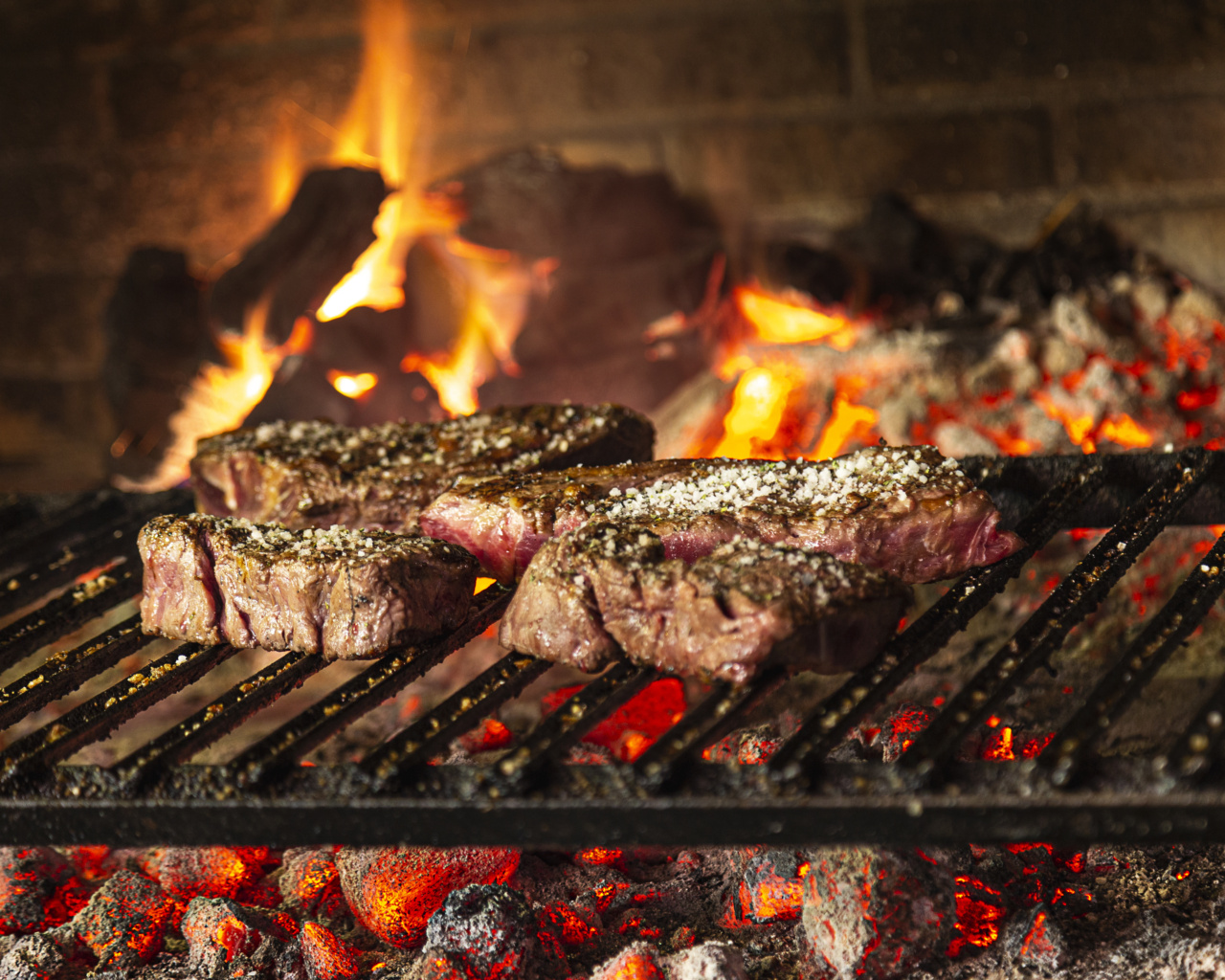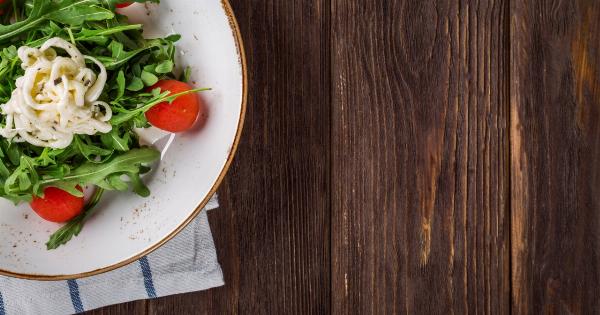Salt is a common ingredient in many of our favorite foods. From chips and pretzels to pizza and soup, it’s hard to avoid the salty taste that we all crave.
However, consuming too much salt can lead to health problems such as high blood pressure, heart disease, and stroke. It’s estimated that over 75% of our salt intake comes from processed foods, which makes it difficult to know just how much salt we’re consuming every day.
In this article, we’ll take a closer look at some of the hidden sources of salt in our food.
Sauces and Condiments
Sauces and condiments are a staple in many meals, but they can be a hidden source of salt. Soy sauce, for example, contains over 900 milligrams of sodium per tablespoon. Ketchup and mustard also contain high amounts of sodium.
One tablespoon of ketchup can contain up to 190 milligrams of sodium, and one teaspoon of mustard can have up to 60 milligrams of sodium. Even salad dressings can have up to 500 milligrams of sodium per serving. To reduce your salt intake, try using low-sodium sauces and condiments or make your own to control the amount of salt.
Breads and Cereals
Many types of bread and cereals contain a surprising amount of salt. Some types of bread, such as bagels and pretzels, can have up to 500 milligrams of sodium per serving.
Breakfast cereals, especially those marketed to children, can contain high amounts of added salt. Check the labels and choose brands with lower sodium content.
Canned Foods
Canned foods are notorious for their high salt content. Canned soups, vegetables, and beans are among the worst offenders. Just one cup of canned soup can contain over 800 milligrams of sodium.
Choose low-sodium versions or opt for fresh or frozen vegetables and legumes. If you do purchase canned foods, rinse them thoroughly with water before using them to remove excess salt.
Snacks
Snacks like chips, crackers, and pretzels are often high in salt. Just one ounce of pretzels can contain up to 500 milligrams of sodium.
When looking for snacks, choose options that are labeled low-sodium or make your own at home using healthier ingredients and less salt.
Processed Meats
Processed meats like bacon, sausage, and deli meats are a common source of salt in our diets. Just two slices of deli meat can contain up to 500 milligrams of sodium. Many processed meats also contain other additives that can be harmful to our health.
Choose fresh meats or alternatives like tofu and tempeh instead.
Cheese
Cheese is a tasty addition to many meals, but it can also be a hidden source of salt. Some types of cheese, especially processed cheese, can contain up to 400 milligrams of sodium per ounce.
Choose natural cheeses and read labels carefully to determine the sodium content.
Soups
Soups, both canned and homemade, can contain a significant amount of salt. Even so-called “healthy” soups can have high levels of sodium.
If you’re making soup at home, use fresh ingredients and season with herbs and spices instead of salt.
Frozen Meals
Frozen meals are a convenient option for busy people, but they can be loaded with salt. Many frozen dinners contain over 1,000 milligrams of sodium per serving. Look for low-sodium options or make your own frozen meals at home using fresh ingredients.
Restaurant Meals
Restaurant meals tend to be high in salt due to their large portion sizes and the use of processed ingredients. When eating out, ask for your food to be prepared without added salt and choose menu items that are grilled or baked rather than fried.
Conclusion
Salt is an essential nutrient for our bodies, but consuming too much can have harmful effects on our health.
By being aware of the hidden sources of salt in our food and taking steps to reduce our intake, we can maintain a healthy diet and reduce our risk of developing health problems. Remember to read labels carefully, choose low-sodium options, and season your food with herbs and spices instead of salt.






























